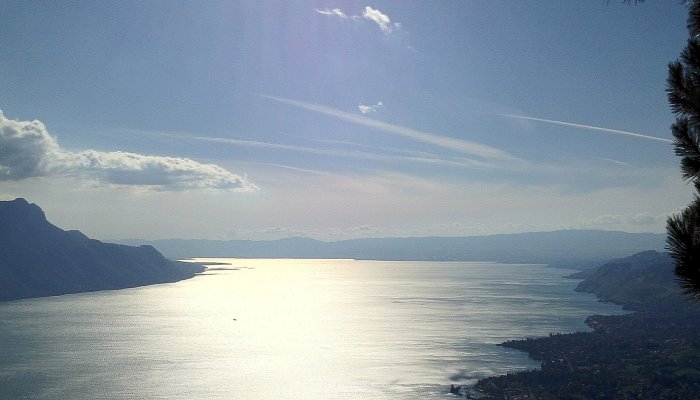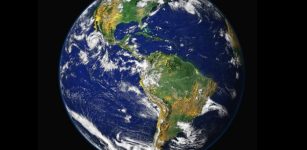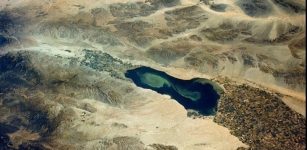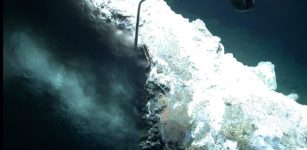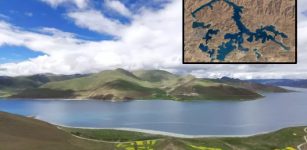Scientists Solve Enigma Of Why Lake Geneva Emits Large Quantities Of CO₂
Eddie Gonzales Jr. – MessageToEagle.com – Lake Geneva emits as much CO2 annually as the automobile transport of Lausanne, a city with about 150, 000 people.
This phenomenon—the production of CO2 by lakes—has been known for years. There is, however, widespread debate as to the mechanisms at work.
Lake Geneva – seen between Glion and Caux (Canton of Vaud). Image credit: – CC BY-SA 3.0
Traditional scientific theories suggest that lake CO2 emissions are primarily due to the influx of organic matter from surrounding soils. This material, originating from the decomposition of plant and animal residues, is carried into the lake by rainfall, where it is broken down by microorganisms, leading to the release of CO2. This process is known as respiration.
While this theory accounts for the behavior of some lakes, it doesn’t apply to Lake Geneva, which receives very little organic matter from its shores. In theory, its annual carbon balance should be neutral, with winter CO2 production (from organic matter decomposition and water mixing) balanced by summer CO2 absorption (due to algae photosynthesis). So why does Lake Geneva still emit large amounts of CO2?
A team of UNIL scientists has just deciphered the mechanisms involved. Most of the emissions actually come from the natural erosion of rocks in the lake’s upstream basin. When rainwater hits the rocks, it releases bicarbonate and calcium ions, which then find their way into the lake. In summer, under the effect of heat and the growth of algae—which change the pH of the water and act as a catalyst—the ions form microparticles of limestone. This is known as calcite precipitation.
This chemical reaction releases CO2, giving the lake its milky blue-green appearance in the warm season. Algae continue to absorb CO2, but this is not enough to compensate for the massive production resulting from rock erosion. The additional emissions are therefore the result of a geological process, not just a biological one, as previously thought.
“Our results not only explain the carbon cycle in Lake Geneva, they also reveal a universal process that applies to several of the world’s great lakes,” explains Marie-Elodie Perga, professor of limnology at UNIL’s Faculty of Geosciences and Environment and co-author of the study.
“This issue had been nagging at me since my thesis,” she explains. “Using a scientific infrastructure that is unique in the world—the LéXPLORE platform—we were able to observe, model and equate these processes on a very fine scale, providing the missing piece to traditional carbon cycle modeling.”
Laid out on Lake Geneva, the floating laboratory made it possible to monitor various parameters linked to the carbon cycle, continuously and at high frequency.
In addition to the purely scientific interest of this discovery, this new data is central to the fight against global warming.
“Assessments are carried out every year to identify the emitters (sources) and storages (sinks) of carbon on our planet,” explains Perga. “It’s very important to have in-depth knowledge of how CO2 is naturally transported, stored and transformed between continents, water and the atmosphere. Only a global vision will enable us to take effective action to combat global warming.”
This discovery was published in Science Advances.
Written by Eddie Gonzales Jr. – MessageToEagle.com Staff Writer

